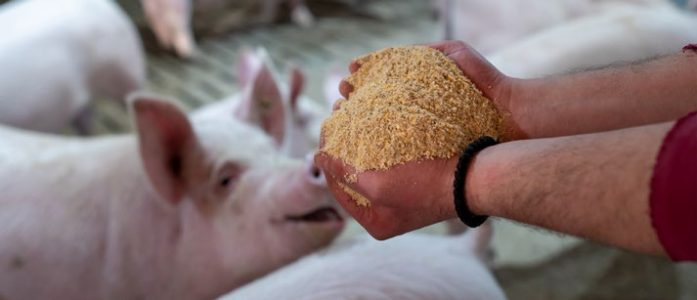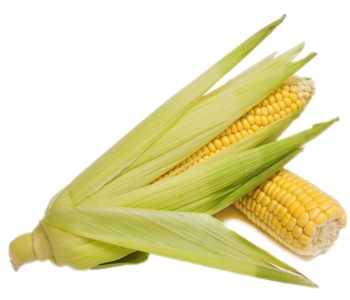 28 Jun 2022
28 Jun 2022
Soybean prices took a drop in Chicago generating concerns amongst traders and producers. Soybeans rose in trade and technical purchases in the past week, but still finished the week at a considerably lower price. Most forecasts for major U.S. productive areas, show hot and dry climate conditions for many of the growing areas during key phases of crop development.
For the time being, several factors have caused a reverse on the market’s upward trend in regards to soybean prices. One of these main reasons is the new increase in basic interest rate in the US. With this scenario, there has been a synchronized movement by Funds to withdraw from commodities. This has not only affected soybeans, but also wheat, copper, zinc, aluminum, iron ore, coal, etc.
![]()
Another influential factor, has to do with the sharp drop of soybean oil value in Chicago. This has been driven by a significant decline in the world markets’ oil value, in addition to Malaysia’s decision to release palm oil exports. CBOT soybean oil futures are now trading around $1537 a tonne, reaching the lowest levels since mid-February.
In turn, Europe’s new rapeseed harvest and a better-than-expected planting of Canadian canola have also contributed to the current fall in edible oil prices. Argentina and Brazil are the world’s first and second largest soybean oil exporters, respectively.
To complete the picture, China reported that its soybean meal stocks tripled in the last three months, as large volumes of soybeans arrived in the country at a time of weak domestic demand.
Chinese pig farmers, the world’s largest pork producers, have been losing money since mid-2021, with big losses in the first five months of this year. Against this backdrop, the market fears that, if not falling quickly, high soybean meal inventories could further reduce demand from the world’s largest soybean importer. At the end of May, industrial animal feed production in China was still 11.5% lower than in the same period last year.

U.S. producing regions are currently under hot conditions with very little rainfall. Despite this fact, planting and growing conditions are still considered to be within normal limits. Until 19/06, the sowing of the country’s new crop reached 94% of the expected area, compare to the historical average of 93%.
The International Grains Council forecasts the 2022/23 global soybean crop to be 390 million tonnes, compared to the latest estimate of 387 million and the 2021/22 total of 351 million tonnes.

For its part, corn rose in commercial and technical purchases, and closed the week with substantial losses. Less threatening short-term climate and macroeconomic concerns were the big bearish factors of the week.
![]() Trade has also been keeping a close look on yield results from Brazil’s critical second corn crop.
Trade has also been keeping a close look on yield results from Brazil’s critical second corn crop.
The International Grains Council projects global production of the new corn crop at 1.19 billion tons, compared to the previous assumption of 1.184 billion and the previous harvest total of 1.219 billion.
Subscribe now to the technical magazine of animal nutrition
AUTHORS

Hybrid Rye Potential in Laying Hen Feed Rations
Gwendolyn Jones
A day in the life of phosphorus in pigs: Part I
Rafael Duran Giménez-Rico
Use of enzymes in diets for ruminants
Braulio de la Calle Campos
Minerals and Hoof Health in the Pregnant Sow
Juan Gabriel Espino
Impact of Oxidized Fats on Swine Reproduction and Offspring
Maria Alejandra Perez Alvarado